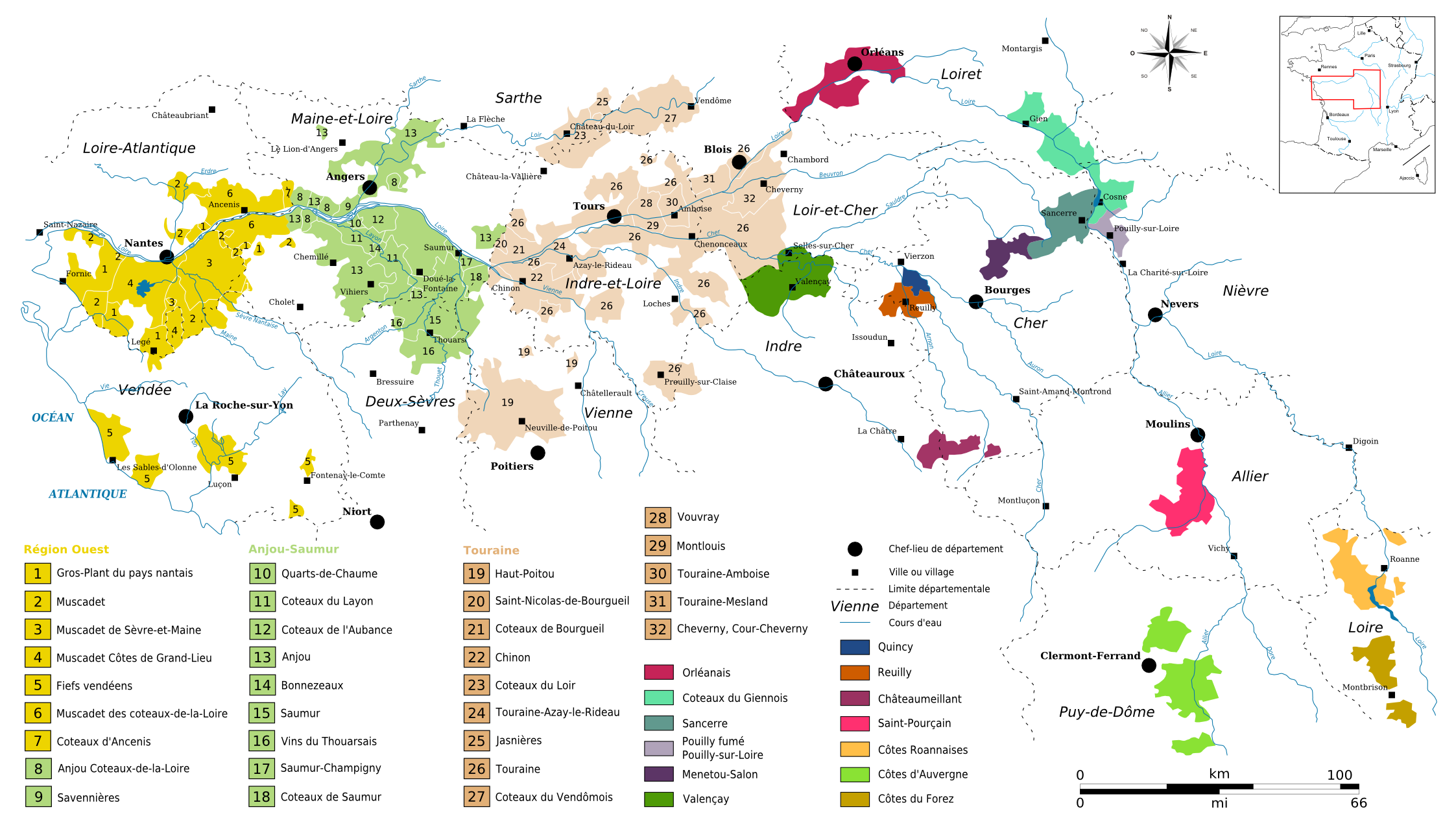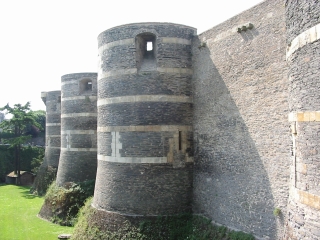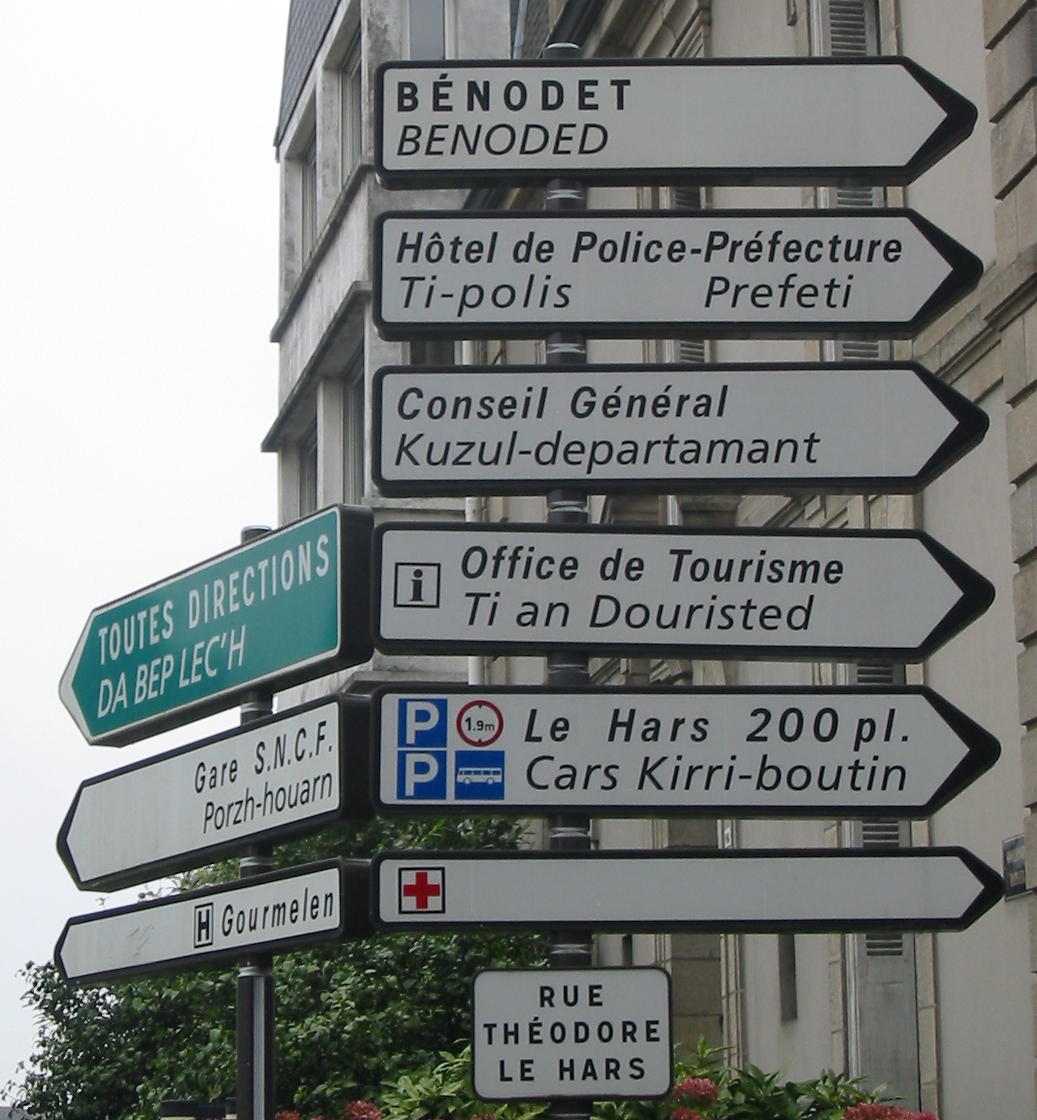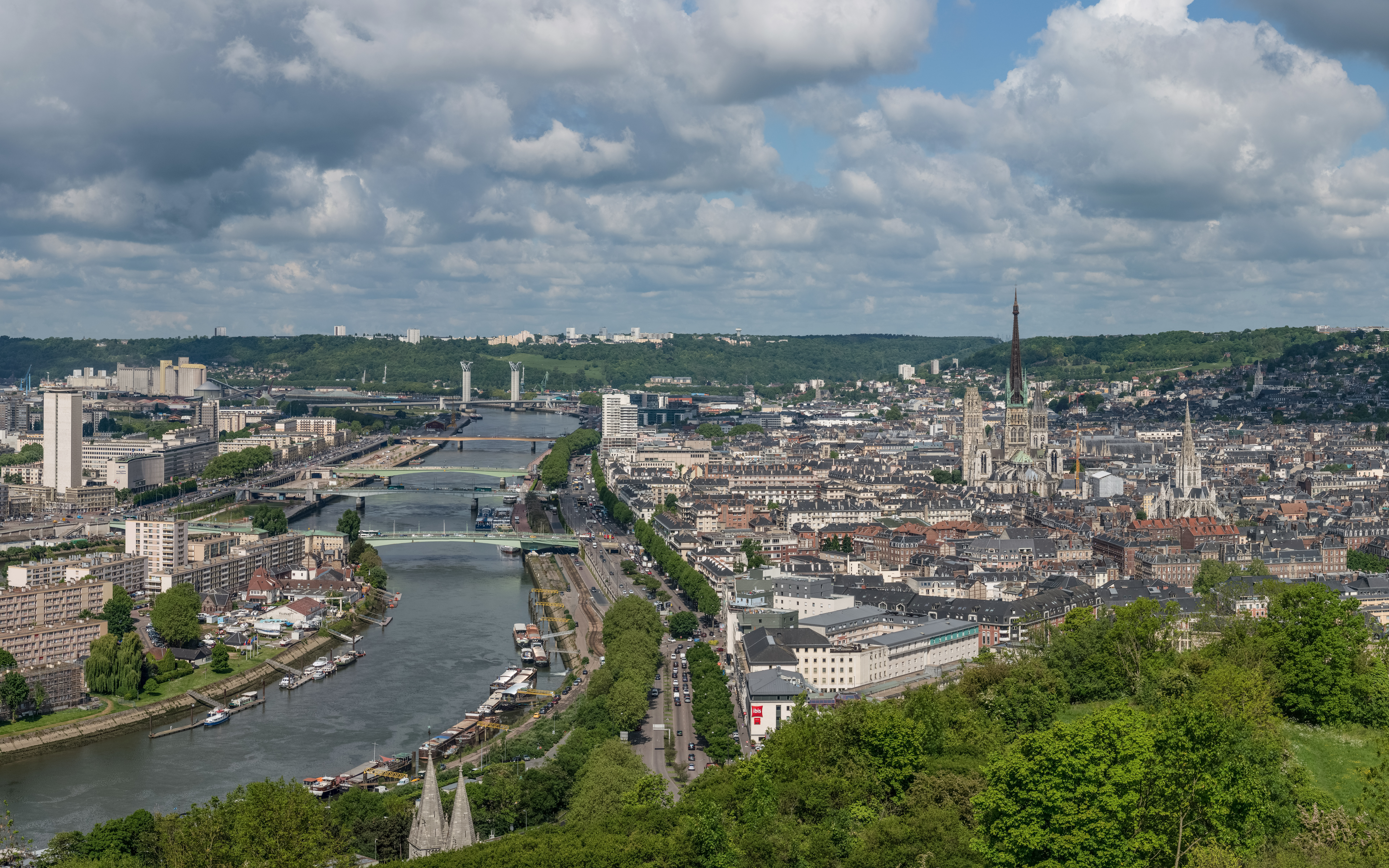Nous sommes en France ! (We are in France).
Warning: a few tourist photos below. Otherwise, I’ll share with you my initial cultural observations–mostly ecological–of our first 24 hours in France after 5 years away.
The most arduous part of the travel is behind us. We flew direct from Raleigh to Paris, then took a connecting flight to Marseille. From the Marseille airport, we caught a bus to the central city and walked about half an hour to our hotel, where we gratefully unloaded our bags and set out to explore France’s oldest city before a very early bedtime.
And of course, we got wine.

Un pichet of rosé, or about 2/3 of a bottle, was 9.50 euros.
We are in Marseille for less than 48 hours, and nearly half of that may be spent sleeping (jet lag). I had hoped to visit the Chateau d’If, which fans of Alexandre Dumas’ masterpiece novel “The Count of Monte Cristo” will recognize as the fortress in which hero Edmond Dantes was wrongfully imprisoned. Unfortunately, the Chateau is closed due to a problem with its electricity, so I had to admire it from the old port of Marseille.

This is probably as close as I will get to Edmond Dantes, aside from walking the streets where he fictionally lived.

The moored “Edmond Dantes” ferry.
Maybe next time.
And we need to make sure we have a next time. Marseille is a gorgeous city full of history and fabulous Mediterranean breezes. Two days is not enough time to explore, especially for jet-lagged travelers.
It’s a tourist cliché to eat bouillabaisse in Marseille, but we are tourists.

Eco France
For me, the primary cultural amenity of France is the pleasure of being a pedestrian here. France has cars, of course. But the cars don’t dominate urban spaces the way they do in the United States.
Marseille’s main street — La Canebière — is a wide pedestrian boulevard. Many other streets in central Marseille also are pedestrian-only, perhaps because most cars would not fit, at least not with two-way traffic. Even where the cars are allowed, pedestrian safety is assisted with clear signage and motorists who seem to understand to yield. Bikes and scooters also are popular.

La Canebière.
We’ll be spending a month in Montpellier, a city we first visited five years ago. We loved its public transit and pedestrian city center. At the end of this year, Montpellier will make its excellent transit system free for all residents in an effort to reduce carbon emissions.
They turn the lights off more here. Lighting hallways “as needed’ rather than continuously is not a new thing in Europe. I remember on our first trip, in 1987, having to learn the locations of the hallway lights in our hotel in Germany. The corridors were kept in darkness except when in use, when we could turn on a timed light just long enough to reach our door. The corridor of our Marseille apartment hotel has a motion-detector light. Such a simple thing to save energy and it doesn’t result in any inconvenience.
Appliances don’t have to take up so much space. I’m enchanted with the stovetop-oven-dishwasher combo in our apartment. I won’t be here long enough to use it; perhaps the apartment in Montpellier where we’ll spend the next four weeks will have a similar arrangement. This all-in-one appliance has me rethinking my desire to enlarge my kitchen in Traverse City. Maybe I need less kitchen, not more.

Induction cooktop, big-enough oven and dishwasher.
The refrigerator, which we could call “dorm sized” in the States, is built into a cabinet. In a city where fresh food is just steps away, it’s also big enough.
Health warnings on television food advertisements. This is not what you may be thinking! We’re used to health warnings on U.S. commercials — mostly about all the ways the drug being advertised might kill or maim the user. Here, snack food ads have disclaimers at the bottom of the screen, warning people not to eat between meals and reminding them to eat at least five servings of fruit and veg each day. Curious, I looked up this practice, which has been a law in France since 2007. I don’t think I turned on the TV last time I was here so I didn’t notice.
Cell phone service is cheaper here. This isn’t an eco thing, just a perplexing thing. In the U.S., my Verizon plan is $150/month for three lines and 2G of shared data (the shared data plan is no longer offered; if I have to switch to unlimited, it will be at least $30/month more). Here, I bought an eSim card with 3G of data for a month for $10. Leah purchased a Sim card with 15G of data and a French phone number for $20. Is Verizon ripping me off? It sure feels like it.
That’s all for now. Tomorrow we go to Arles, the Van Gogh city, where we’ll meet up with our Michigan friend, Madeleine.








































